- Write by:
-
Wednesday, January 20, 2021 - 1:50:30 PM
-
444 Visit
-
Print

Mining News Pro - Lifting the licensing threshold for distributed-generation projects to 50 MW or higher could unlock an estimated 5 000 MW of additional capacity in five years and go a long way to rapidly easing South Africa’s debilitating power supply constraints.
This is the conclusion of a Meridian Economics analysis of a recent industry survey conducted by EE Business Intelligence at the request of Meridian Economics.
The survey garnered 239 responses from developers or potential developers of installations for either on-site generation and consumption, or off-site generation for wheeling across the grid between a generator and a user.
It confirmed substantial interest in the uptake of distributed generation in South Africa over the coming five years, particularly in the form of solar photovoltaic (PV), wind and battery storage projects.
It also found that 61% of respondents that have experience in and/or interest in developing renewable energy distributed generation projects had been dissuaded from doing so owing to South Africa’s unfavourable renewable-energy policy, as well as legal, regulatory, planning, electricity price or tariff issues.
“The two most pressing barriers to distributed generation deployment listed by respondents were policy uncertainty and mixed messaging in respect of South Africa’s stance on renewable energy, and a restrictive and inadequate regulatory framework for distributed generation uptake.”
South Africa’s distributed-generation licensing threshold is currently set at 1 MW, with projects above that size required to follow a licensing process with the National Energy Regulator of South Africa that has been designed primarily for utility scale investments.
Other barriers that were listed include the time taken to obtain Eskom or municipal grid connection permission, capital cost and lack of clarity on a wheeling framework.
The post-survey analysis conducted by Meridian Economics’ Dr Grové Steyn and Celeste Renaud indicates that, if the threshold for licensing projects was lifted to 50 MW or higher, it is likely that there would be significant additional uptake of distributed generation in South Africa.
“Based on survey responses, calibrated by estimates by other researchers and relevant international experience, we make a conservative estimate that at least approximately 5 000 MW of additional capacity could be unlocked over the next five years in residential, commercial, industrial and agricultural sectors.”
This accords, Steyn and Renaud note, with international experience, particularly in countries such as Vietnam, Australia and India.
It also aligns with a Council for Scientific and Industrial Research (CSIR) report on load-shedding published in 2020, which placed “customer response at scale” at the front end of a three-step load-shedding recovery plan.
The CSIR estimated that there was roughly a total of 3 400 MW of capacity that could be deployed by the end of 2022, in the form of roughly 500 MW solar PV in the residential sector, 1 650 MW in the commercial and agricultural sectors and 1 300 MW in the industrial sector.
By 2024, the CSIR estimates that a cumulative total of 4 900 MW could be deployed on condition that an enabling regulatory regime is established, the Meridian Economics briefing note highlights.
“However, due to current regulatory restrictions, much of this potential remains capped.”
Short Link:
https://www.miningnews.ir/En/News/610134
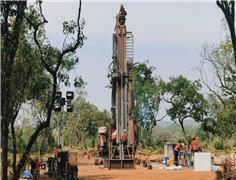
A prefeasibility study for Predictive Discovery’s (ASX: PDI) Bankan gold project in Guinea gives it a net present value ...

Iron ore futures prices drifted higher on Thursday as the latest soft data from top consumer China triggered renewed ...
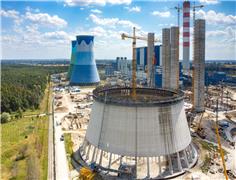
Polish government is abandoning plans to separate coal-fired power plants into a special company and is considering ...
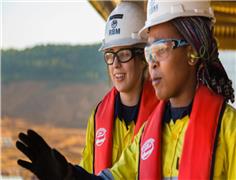
Rio Tinto said on Wednesday it is teaming up with a global venture studio and start-up investor to back the development ...
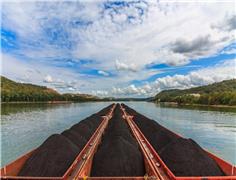
Outflows from global physically backed gold exchange traded funds (ETFs) continued for a 10th month in March, but at a ...
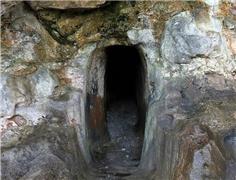
Researchers at the University of Edinburgh discovered that bacteria found in areas polluted by acid mine drainage had ...
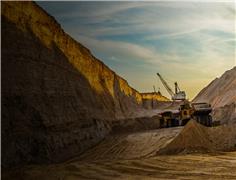
Australia’s Fortescue said on Monday it would form a joint venture with OCP Group to supply green hydrogen, ammonia and ...
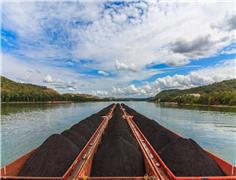
BMO Bank quietly dropped its policy restricting lending to the coal industry in late 2023, helping it avoid being ...
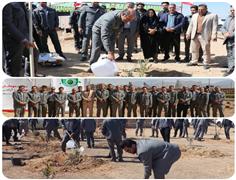
Mining News Pro - The ceremony of commemorating the tree planting day and the beginning of the afforestation project and ...
No comments have been posted yet ...